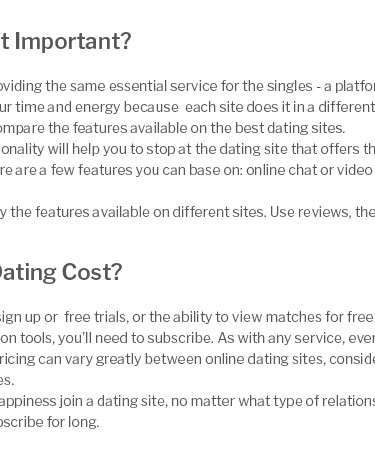 |
 |
|---|
|
|
|
|---|---|
 |
 |
 |
 |
|---|---|
 |
|
 |
|
 |
|
 |
|
 |
|
 |
|
 |
|
 |
|
 |
|
 |
|
 |
|
 |
|
 |
 |
 |
|---|
1 night stands practical guideShort, consensual connections can be exciting, fulfilling, and safe with clear intentions and respectful behavior. Understanding the dynamicSetting intentionsDecide what you want, name your boundaries, and be honest about expectations. A clear personal goal helps you choose partners and contexts that fit.
Clarity reduces confusion. Key principles
Consent and communicationConsent means an enthusiastic yes, free from pressure or manipulation. Use plain language, listen closely, and confirm agreement for each step. Conversation cues
Consent is non-negotiable. Safety and healthProtect health, mind, and body. Choose environments that feel secure, have a transportation plan, and keep a trusted contact informed of general plans and locations. Protection checklist
Prioritize your safety. Finding a matchDating apps, social venues, and interest-based meetups can work well. If you’re exploring a local scene, resources like get laid in asheville nc show how location-focused communities organize; always verify profiles and trust your instincts. Etiquette and boundaries
If you are in a committed relationship, reflect on promises and potential harm. Explore discussions like having affairs when married to understand consequences and why many choose fidelity and openness with partners. Honesty prevents misunderstandings. Common pitfalls and fixesMixed signalsUse direct language: say what you want, ask what they want, and confirm alignment. Attachment concernsFeelings can emerge in casual contexts. If that happens, acknowledge them and choose a kind path that respects both people. Reflection and self-careCheck in with yourself about comfort, satisfaction, and alignment with your values. Adjust your approach to support well-being and mutual respect. FAQs
https://store.playstation.com/en-us/product/UP0891-CUSA15805_00-RGAONENIGHTSTAND
In One Night Stand, explore the stranger's bedroom and seek out clues to identify who she is and what brought you both together. You may resort to some ... https://www.thegentlemansjournal.com/etiquette-the-correct-way-to-leave-a-one-night-stand/
That is not to say that we condone one-night stands, but unlike your parents we are not blinded by thoughts of you as perfect monogamous men who wait until love ... https://spinditty.com/playlists/Songs-About-One-Night-Stands
95 Songs About One-Night Stands - 1. "Hotel Key" by Old Dominion - 2. "Stay with Me" by Sam Smith - 3. "Perfect Strangers" by Jonas Blue ( ...
|
|---|